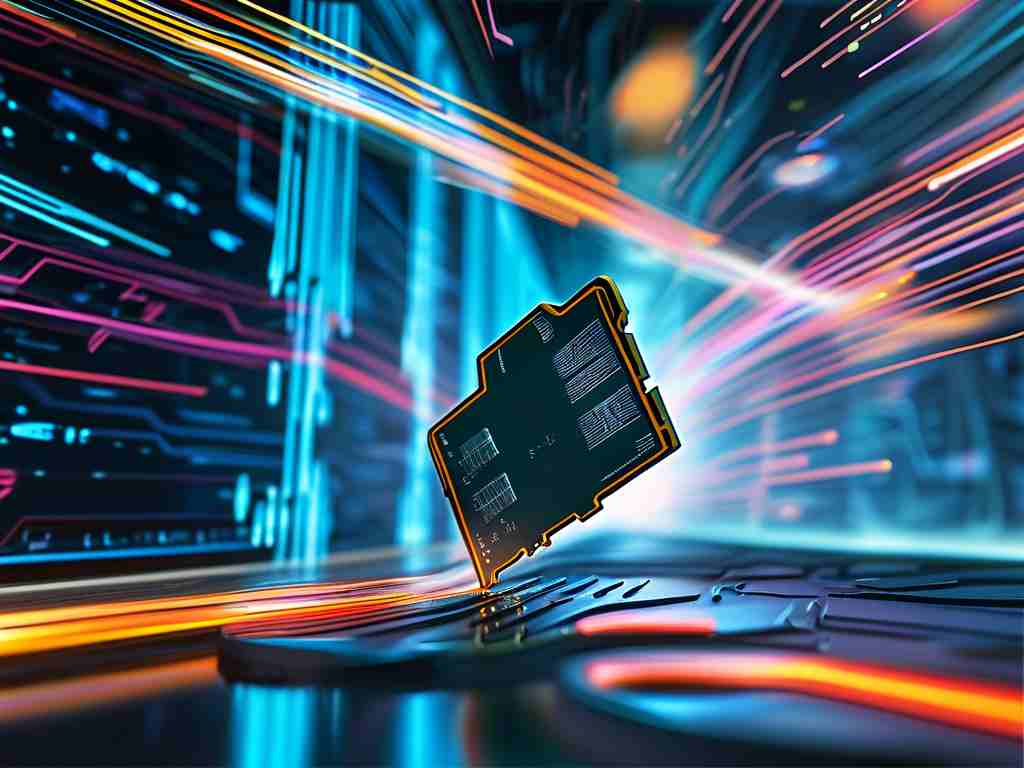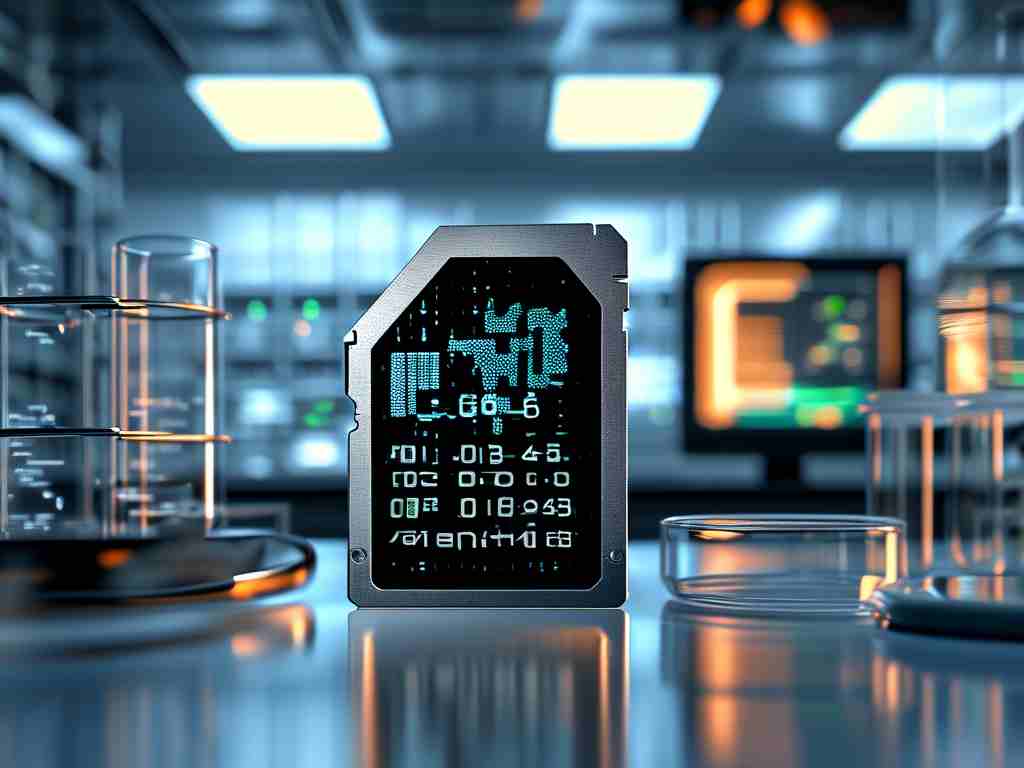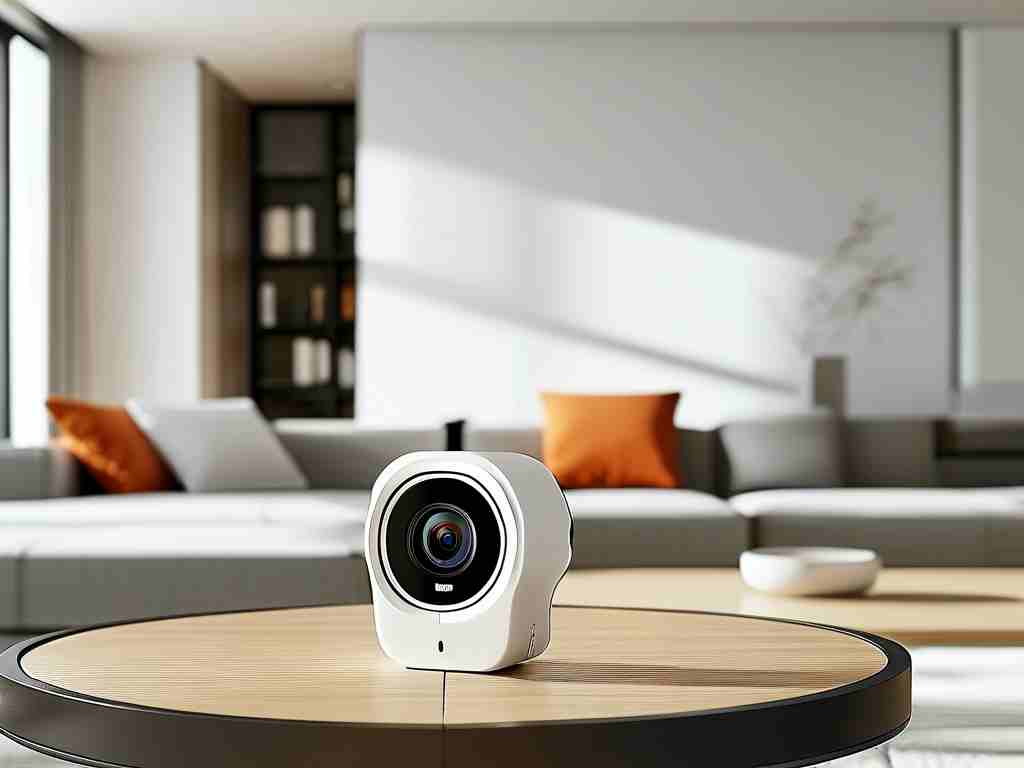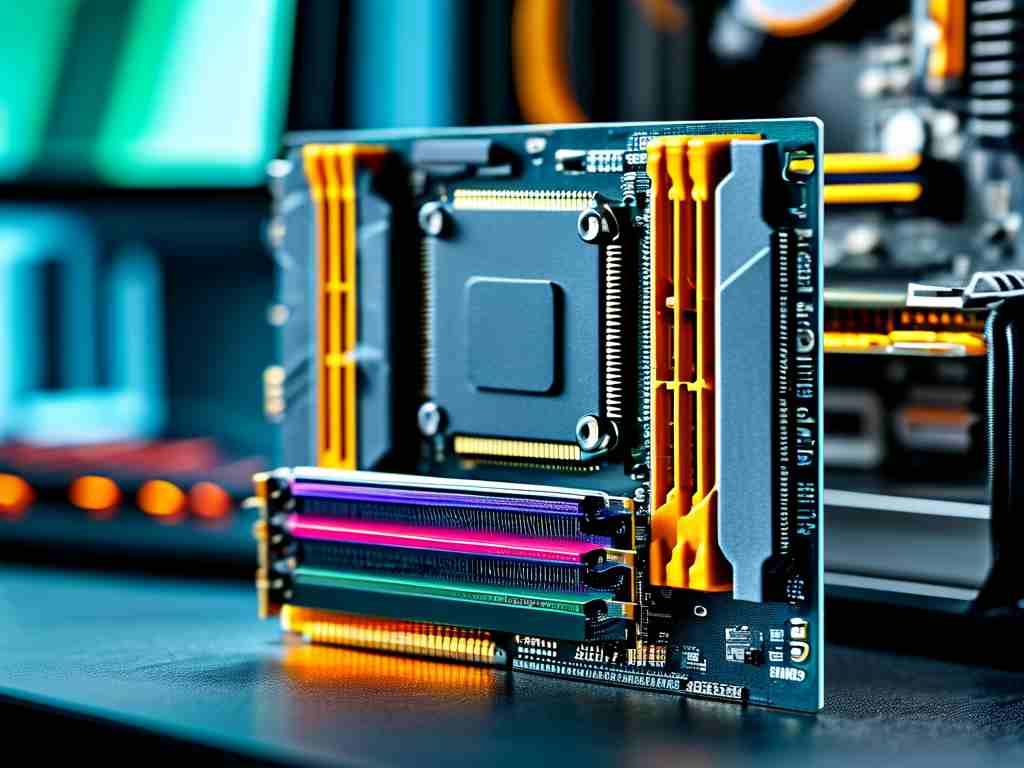SCARA (Selective Compliance Assembly Robot Arm) robots are pivotal in high-precision manufacturing sectors such as electronics assembly, pharmaceuticals, and automotive production. While these machines excel in speed and accuracy, their operational efficiency heavily relies on consistent maintenance and prompt troubleshooting. This article explores practical strategies for sustaining SCARA robot performance and addressing common technical challenges.
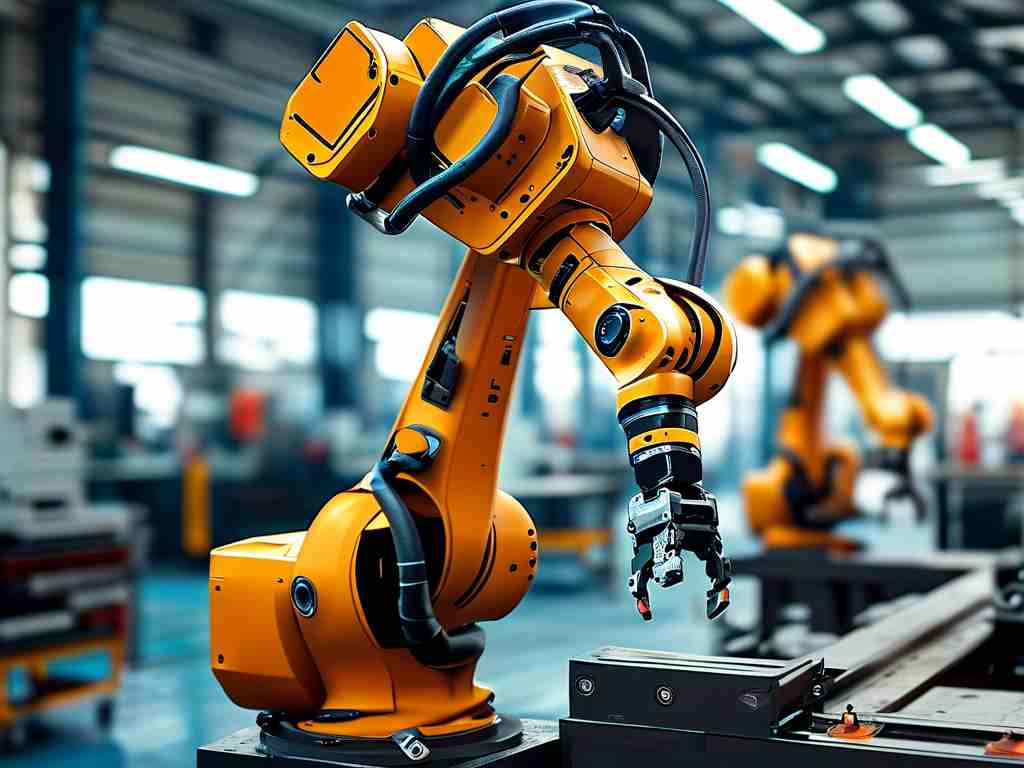
Understanding SCARA Robot Architecture
A SCARA robot’s unique design combines rigid vertical motion with flexible horizontal movement, enabled by two parallel rotary joints. This structure minimizes deflection during lateral operations but introduces vulnerabilities in components like harmonic drives, belts, and encoders. Technicians must familiarize themselves with the robot’s kinematic chain, including servo motors, reducers, and end-effector interfaces, to diagnose issues effectively.
Common Failure Patterns
- Axis Drift or Misalignment: Repeated cyclic motions often cause cumulative positional errors. This may stem from encoder calibration drift, mechanical backlash in gears, or temperature-induced expansion in metallic parts.
- Unusual Noise or Vibration: Grinding sounds during operation typically indicate bearing wear, insufficient lubrication, or misaligned couplings. For instance, a high-pitched whine from the Z-axis motor could signal ball screw degradation.
- Communication Errors: CAN bus or EtherCAT communication faults frequently arise from damaged cables, electromagnetic interference, or controller firmware glitches.
Diagnostic Workflow
A systematic approach is critical for efficient repairs:
- Step 1: Review error logs via the teach pendant interface to identify fault codes (e.g., overload alarms or encoder CRC errors).
- Step 2: Perform a mechanical inspection, checking for loose fasteners, belt tension, and lubricant levels.
- Step 3: Use diagnostic tools like oscilloscopes to analyze encoder signals or torque sensors to validate motor output.
Preventive Maintenance Protocols
- Lubrication Schedule: Apply manufacturer-specified greases to linear guides and gears every 400 operational hours. Avoid over-lubrication, which attracts debris.
- Belt Tension Calibration: Measure belt deflection using a tension meter monthly, adjusting idler pulleys to maintain 0.5-0.7 N/mm tension.
- Firmware Updates: Regularly update controller software to patch bugs and enhance motion algorithms.
Advanced Repair Techniques
For persistent issues, consider these solutions:
- Encoder Replacement: When recalibration fails to resolve positional errors, replace the absolute encoder using manufacturer alignment jigs to ensure proper magnetic grid synchronization.
- Servo Motor Rewinding: For motors exhibiting intermittent power loss, rewinding copper coils can restore performance at 30-40% of replacement costs.
- Vibration Analysis: Deploy accelerometers to capture frequency spectra during operation, identifying resonance points that accelerate bearing fatigue.
Calibration Best Practices
Post-repair calibration is non-negotiable:
# Sample pseudo-code for SCARA homing sequence
def home_robot():
enable_soft_limits(False)
slow_feed_rate = 10 # mm/s
for axis in ['X', 'Y', 'Z', 'Theta']:
move_to_negative_limit(axis, slow_feed_rate)
set_current_position_as_origin()
enable_soft_limits(True)
Always validate calibration using laser trackers or coordinate measuring machines (CMM) for sub-0.02 mm accuracy.
Safety Considerations
- Lock out power sources using ISO 13849-1 compliant procedures before physical inspections.
- Wear ESD-safe gear when handling servo drives or encoder modules.
By integrating these methodologies, maintenance teams can reduce SCARA robot downtime by up to 60% while extending service intervals. As automation evolves, technicians must continually update their skills through OEM training programs and industry certifications to master emerging technologies like collaborative SCARA variants and AI-driven predictive maintenance systems.


